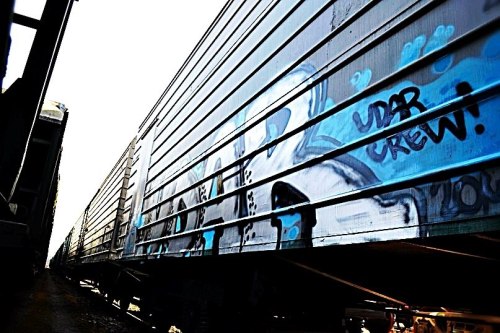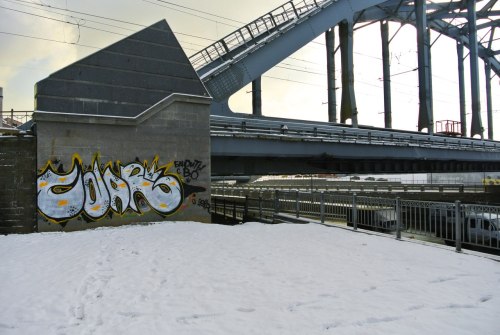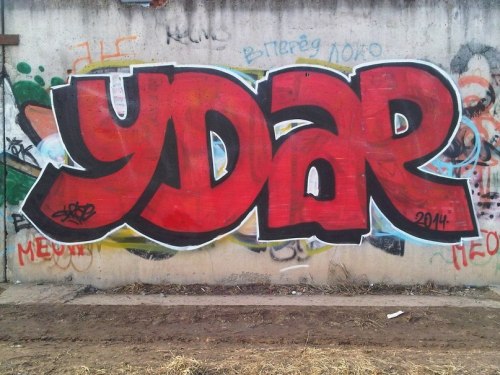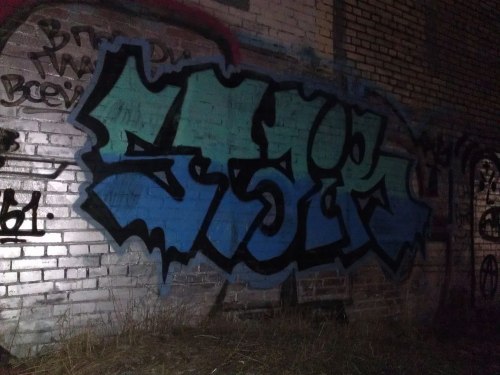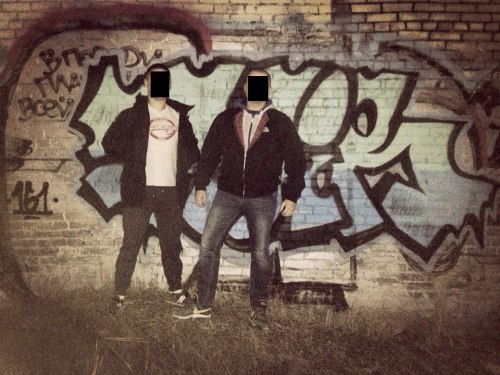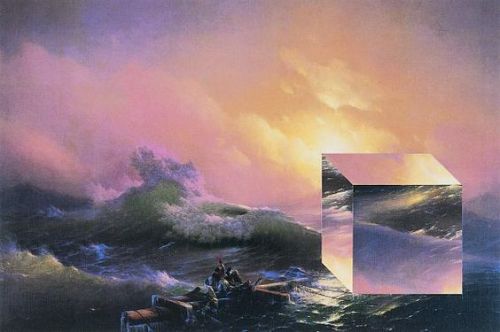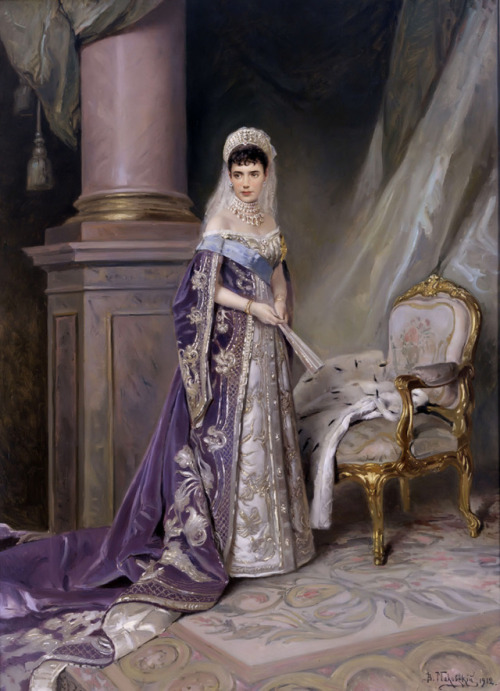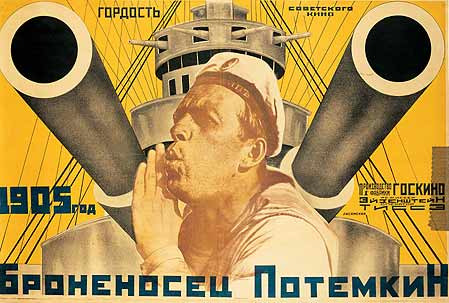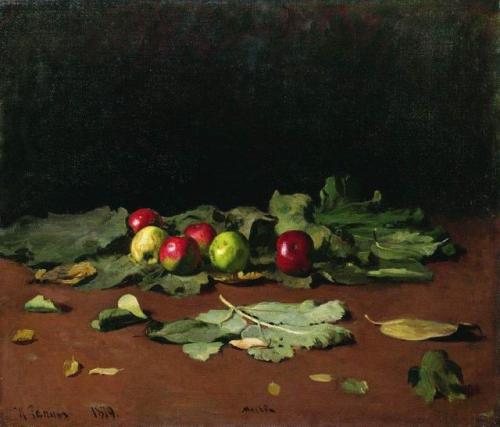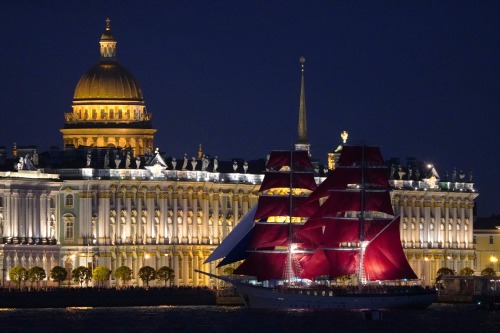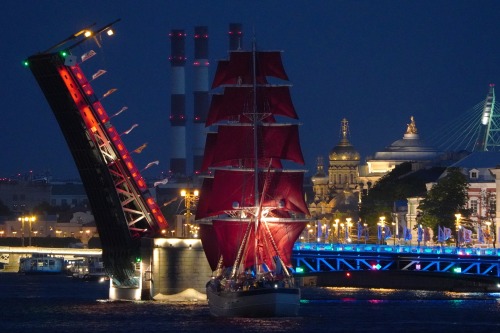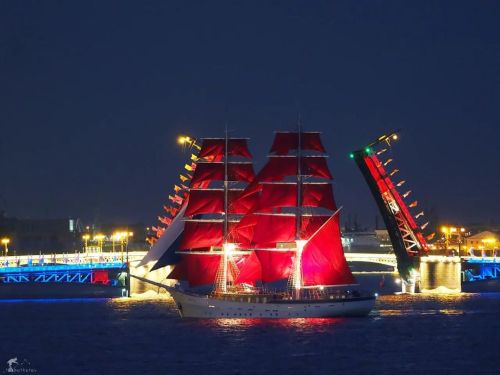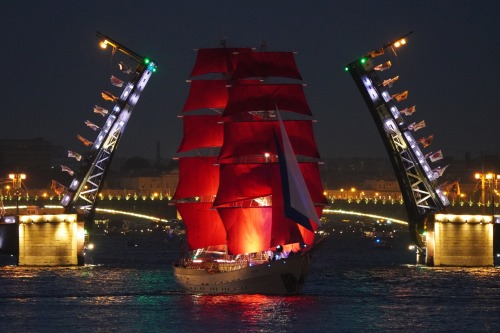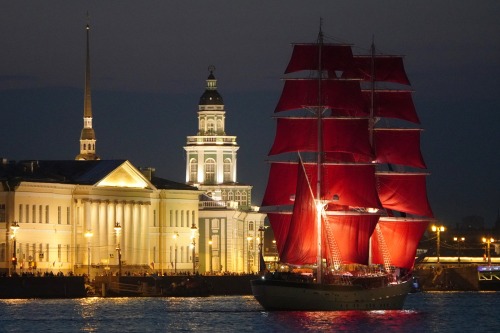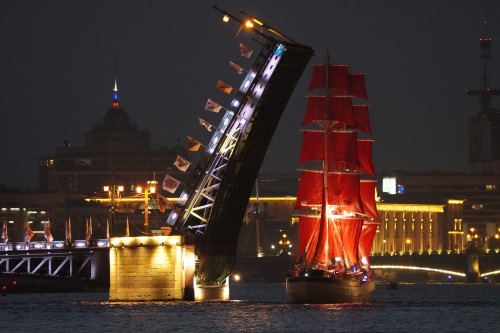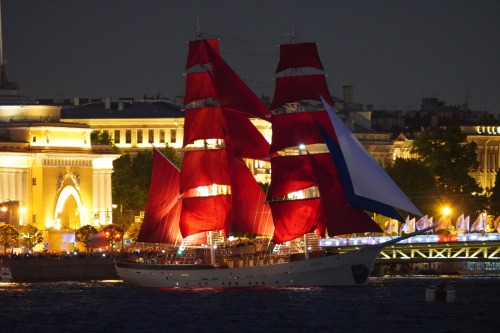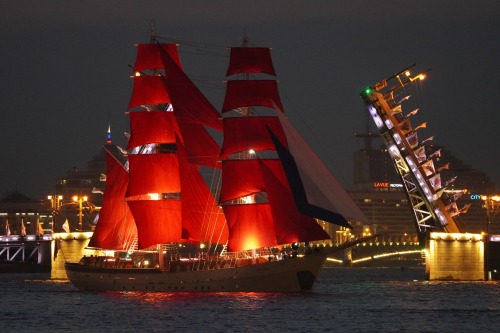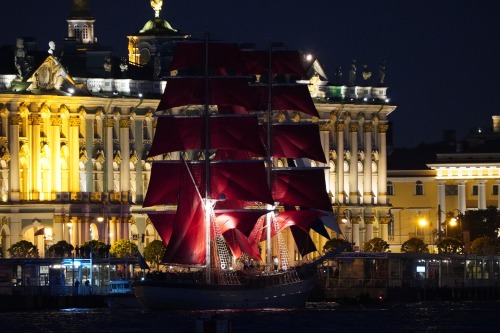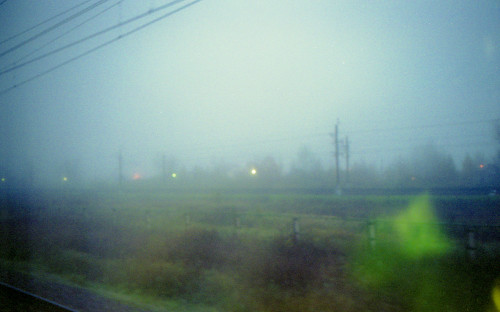#Санкт-Петербург
Vyacheslav Koleichuk. Cube.
1982. State Russian Museum, Saint Petersburg.
Viacheslav Koleichuk (born 1941, Stepantsevo, Moscow) is a Russian sound artist, musician, architect and visual artist. Koleichuk mainly makes installation art that involves tensegrity. Sometimes these sculptures function as an experimental musical instrument during performances. Some of his works are part of the collection of the Kolodzei Art Foundation. He was a member of (Lev Valdemarovich Nussberg’s) kinetic art movement Dvizhenie in the 60s.
This work is based on the famous masterpiece by Ivan Aivazovsky - The Ninth Wave.
Post link
Vladimir Makovsky. Empress Maria Feodorovna.
1912. State Russian Museum, Saint Petersburg.
One of the most tragic figures of European royalty is the Empress Maria Feodorovna, widow of Alexander III, and mother of Nicholas II of Russia.
The revolution that toppled the Romanovs came as no surprise to many members of the imperial family. Only Nicholas and Alexandra seemed shocked by the Russian people’s decision to overthrow a regime that had epitomized inefficiency and corruption. Maria Feodorovna had one opportunity to see Nicholas II just after his abdication in early 1917. After a brief encounter with her son, the Dowager Empress headed towards one of the imperial villas in the Crimea. While revolution spread throughout Russia, Maria Feodorovna was joined at her seaside refuge by Grand Duke Alexander and Grand Duchess Xenia, their six sons, Prince Yussupov, his parents and his wife Grand Duchess Irina, daughter of Xenia and Alexander, and Grand Duchess Olga and her new husband Colonel Koulikovsky.
Nicholas and Alexandra, along with their children, were sent into exile in the provinces. The imperial couple were initially sent to Tobolsk, and later on moved to Yekaterinburg, near the Ural Mountains. They were all assassinated by Bolshevik guards in Yekaterinburg in July 1918. Grand Duke Michael was also apprehended and eventually executed while in prison during the summer of 1918. Not content with the massacre of these Romanovs, Bolsheviks went around the civil war torn country trying to execute all remaining Romanovs. The year 1918 also saw the assassination of the following Romanovs: Grand Duke Paul Alexandrovich, uncle of Nicholas II; Grand Duke Nicholas Constantinovich, grandson of Nicholas I; three children of Grand Duke Constantine Constantinovich: Ivan, Constantine and Igor; Grand Duke Dimitri Constantinovich, grandson of Nicholas I; Grand Dukes Nicholas Michaelovich, Serge Michaelovich and George Michaelovich, grandsons of Nicholas I; Grand Duchess Elizabeth, widow of Grand Duke Serge Alexandrovich and sister of Tsarina Alexandra Feodorovna. Prince Dimitri Pavlovich Paley, son of Grand Duke Paul Alexandrovich, was also assassinated. In all nineteen Romanovs were brutally executed by the blood-thirsty Bolsheviks. The imperial family never recovered from this tragedy.
Maria Feodorovna and her surviving family left Russia in the spring of 1919. They boarded the British ship HMS Marlborough and never again set foot in their country.
On September 28, 2006, Dowager Empress Maria Feodorovna was laid to rest beside her beloved husband, Czar Alexander III at the SS Peter and Paul Cathedral in Saint Petersburg.
Post link
Karl Bryullov. Italian, Expecting a Child, Looking at His Shirt, Her Husband Cobble Together a Cradle.
1831. State Russian Museum, St. Petersburg.
Post link
Anton Lavinsky. Poster for Sergei Eisenstein’s Battleship Potemkin.
1925. Chrome lithograph. Production of the 3rd Factory of Goskino. State Russian Museum, St. Petersburg.
Poster for the film ‘The Battleship Potemkin’, 1926, directed by Sergei Eisenstein. Sergei Eisenstein was a Soviet film director and film theorist, a pioneer in the theory and practice of montage. 'The Battleship Potemkin' presents a dramatized version of the mutiny that occurred in 1905 when the crew of the Russian battleship Potemkinrebelled against their officers.
The Russian battleship Potemkin was a pre-dreadnought battleship built for the Imperial Russian Navy’s Black Sea Fleet. It became famous when the crew rebelled against the officers in June 1905 (during that year’s revolution), which is now viewed as a first step towards the Russian Revolution of 1917.
Post link
Ivan Aivazovsky. Shipwreck.
1854. State Russian Museum, Saint Petersburg.
This painting is a testament to the artist’s skill of portraying light and dark. With nothing more than a pencil and gouache on paper, this scene illustrates the strong winds and crash of the waves with violent intensity. This intensity makes you fear for the safety of the standing observers, as if the waves threaten to dash the ship against the cliff, upon which they are standing, and throw them into the sea. Three seagulls fly over the ship, creating the slight sense that all hope is not lost, and seeming as if is not impossible to hope that the ship may not yet be lost.
Post link
Mikhail Vrubel. Salieri Pours Poison Into A Mozart’s Glass.
1884. State Russian Museum, Saint Petersburg.
Antonio Salieri (1750 – 1825) was a central figure in the musical world of late eighteenth-century Vienna. Appointed by the Habsburg court as director of the Italian opera, he also served as the Austrian imperial Kapellmeister from 1788 to 1824.
Salieri’s place in popular imagination as Mozart’s nemesis and even alleged murderer goes at least as far back as 1832, when Alexander Pushkin published his short poetic drama “Mozart and Salieri”. There, Pushkin has Salieri murdering Mozart by pouring poison in his drink, after acknowledging the latter’s undisputed musical genius. As Salieri exclaims in Pushkin’s play:
What profundity!
What symmetry and what audacity!
You, Mozart, are a god — and you don’t know it.
But I, I know.
However there is very little historical evidence found so far suggesting this theory is true. Moreover, rumour that Mozart had been poisoned by Salieri started to spread decades after Mozart’s death, further enhancing the theories behind Salieri’s alleged wicked character and malicious motives.
Post link

Treatment with ultraviolet light in the treatment room of the Military Medical Academy,Saint Petersburg (1910s)








Pavlovsk Institute for Noble Maidens,Saint Petersburg






Smolny Institute of Noble Maidens,Saint Petersburg





Semyon Shchedrin (1745-1804)
1.“Stone bridge in Gatchina near the square constable”
2.“View on the Gatchina Palace from Long island” (1796)
3. “The landscape in the vicinity of St.Petersburg”
4. “In the Tsarskoye Selo Park”
5. “View of the Kamennoostrovsky Palace and the pontoon bridge over Bolshaya Nevka from the Stroganov embankment” (1804)

View of the Mytninskaya embankment,Saint Petersburg (1913)

Student of the Women’s Pedagogical Institute,Saint Petersburg (1906)

